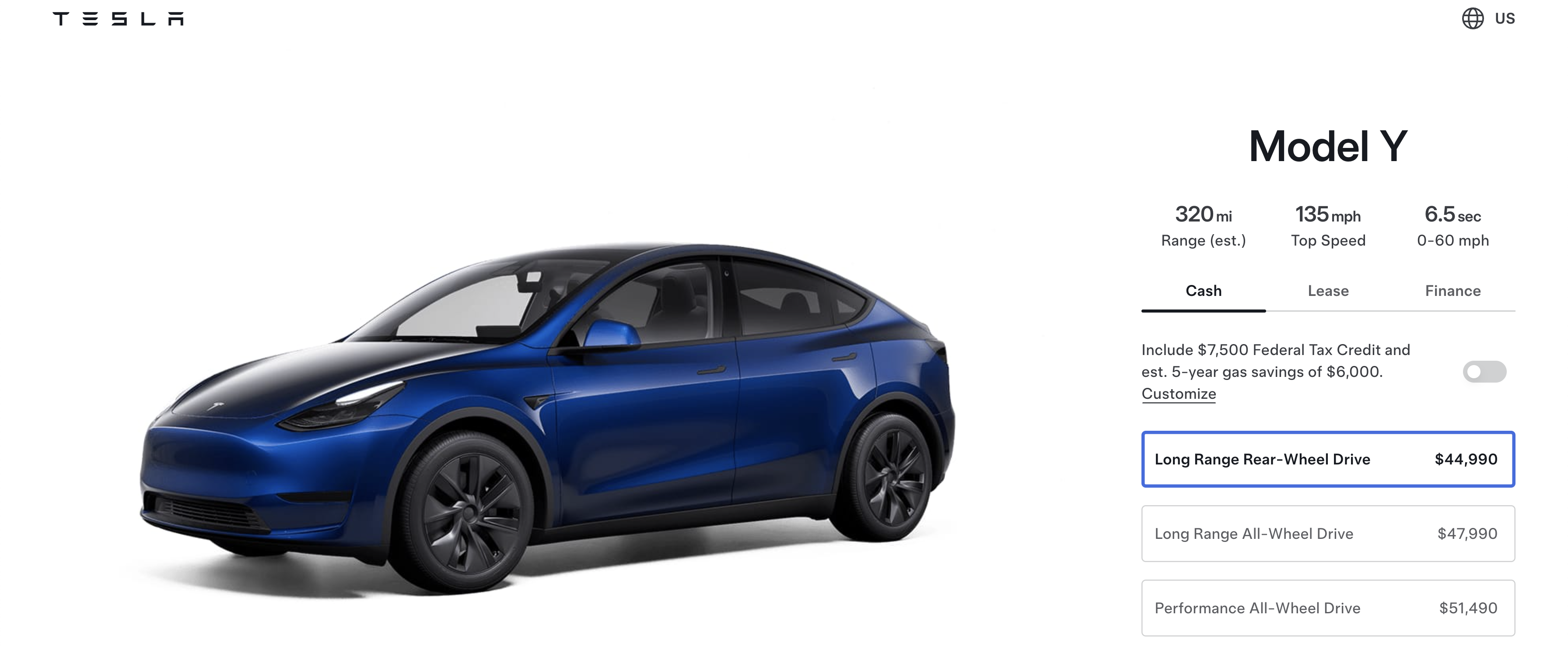Sign up for daily news updates from CleanTechnica on email. Or follow us on Google News!
News of the end of the Chevy Bolt in April caused much consternation among its diehard fans. The affordable EV, with its familiar dashboard and just enough technology, was GM’s best selling EV in North America, by far. But the Chevy Bolt did not align with GM’s long term EV technology strategy, which is to focus on the Ultium platform to replace the now obsolete BEV2 platform that had been the basis of the Bolt and Bolt EUV.
Hardly any time passed before GM chair and CEO Mary Barra quickly changed course, announcing that the Bolt would return — using GM’s Ultium tech.
“Our prior portfolio plans included several newly designed vehicles in the entry-level segments and a capital commitment of $5 billion over the next several years. However, by leveraging the best attributes of today’s Bolt EUV, as well as our Ultium platform, our software, and NACS, we will deliver an even better driving, charging, and ownership experience with a vehicle we know customers love.”
While GM had previously offered a Bolt hatchback EV as well as a larger EUV, only the Chevy Bolt EUV will return in 2025, and it will contain the Ultium battery architecture. The next-generation EUV will also feature several updates, including the fast-charging NACS (Tesla) port, advanced Ultium battery chemistry, and updated software. As a whole package, the Bolt EUV should provide comparatively increased range, speedier charging times, and improved efficiency.
The Chevy Bolt EUV is just a tad bigger than the Bolt EV. The EUV compares to the original Bolt EV as 9″ longer with the same height and width and offers about 4 more cubic feet of passenger volume and .6 more cubic feet of cargo space behind the rear seats. The original Chevy Bolt had a charging rate of up to 55 kW, while the EUV is reported to be able to charge at up to 350 kW. (Current NACS chargers can produce about 250 kW.) Today’s Bolt charges from 0-80% in about an hour, while the next-gen EUV should reduce that percentage by half.
The First Generation Chevy Bolt
As the Chevy Bolt line seemed destined for collectors, 2023 became one of the Bolt’s best sales years yet, with record sales in the second quarter across multiple markets. The original Chevy Bolt was GM’s first experience manufacturing a mass-produced EV with a lithium-ion battery in collaboration with LG Chem.
Renamed LG Energy Solution, that company will continue on in partnership with GM as the latter foregrounds the Ultium platform. The Cadillac Lyriq, Hummer EV, and GMC Sierra EV already use the Ultium platform, and the upcoming Silverado EV, Blazer EV, and Equinox EV will feature it as well.
In 2020, GM released an overview of its Ultium battery system:
- The large-format, pouch-style cells can be stacked vertically or horizontally inside the battery pack. This allows engineers to optimize battery energy storage and layout for each vehicle design.
- Ultium energy options range from 50 to 200 kWh, which could enable a GM-estimated range up to 400 miles or more on a full charge with 0 to 60 mph acceleration as low as 3 seconds.
- Motors designed in-house will support front-wheel drive, rear-wheel drive, all-wheel drive and performance all-wheel drive applications.
- Ultium-powered EVs are designed for Level 2 and DC fast charging.
- Most will have 400-volt battery packs and up to 200 kW fast-charging capability.
- The GM truck platform will have 800-volt battery packs and 350 kW fast-charging capability.
The Bolt’s cost has been key to its relative success with a price that starts at $27,495 before federal and state EV purchase subsidies. Barra and GM officials did not say how much the new Bolt would cost or where it would be built.
The Pressure to be Profitable Weighs Heavily at GM
GM has been forthright about the dilemma it faces of keeping current shareholders mollified while it develops new EV models and shores up supply chains. Offering only one Chevy Bolt configuration makes sense from this perspective. Should GM be able to scale up the Ultium battery architecture and install it in its entire line of EVs, then cost advantages derived from production efficiency should protect the company’s market position, Economies of scale would help the Bolt EUV become a profitable exercise for the company.
“Instead of doing an all-new vehicle, we’re really leveraging what was already there,” Barra said.
The decision to save the Bolt without re-engineering it from top to bottom reflects a new emphasis on what Barra called “winning with simplicity.” Then again, automakers like GM have been criticized for prioritizing the production, marketing, and sale of larger vehicles like SUVs and e-SUVs over more affordable, smaller EVs.
GM’s Ultium Cells joint venture with Korea’s LG Energy Solutions has a plant in Warren, Ohio. Another in Spring Hill, Tennessee is scheduled to begin production in early 2024. A third plant in Lansing, Michigan has a target completion date of early 2025. Virtually all of GM’s newest EVs in North America are designed to use Ultium battery packs developed jointly with LGES and produced at one of these US plants.
It’s important to note that the slow ramp-up of its battery plants could stymie actual EV production to less than 600,000 vehicle by mid-decade, according to a forecast and analysis prepared for Reuters.
Final Thoughts about a Slightly Reimagined Chevy Bolt
The recall and replacement of 2017–2019 model year Bolts with a previously flawed battery meant 2023 consumers who purchased a pre-owned Bolt from this year span had before them a brand new battery with a 8 year and 80,000 mile warranty. Nonetheless, GM is skiddish about continuing with the BEV2 battery technology, even though the Bolt EV retains a loyal customer following.
With the difficulty in foisting the Ultium factories to full production levels, it seems a bit odd that GM would choose only one of its current Chevy Bolts as part of its mass appeal catalog. Others, like those on the popular Reddit forum, are also a bit confused. “EV customers want small, efficient, low cost. GM wants to build large, high end, high profit,” said one person. ”
If Bolt EV pricing remains comparable to the first generation, says Edmunds, “we expect it to start in the $30,000 range.” That’s at the high end of reaching a mixed income level audience.
GM will need to find a way to balance necessary profitability with the raison d’etre for the Bolt’s original success: it was a budget electric car that introduced a new audience to the world of transportation electrification. Perhaps the new Chevy Bolt EUV will have long-range, better design, and hold a competitive edge to budget EVs quickly emerging on the market. The Bolt EUV will need everything GM can throw at it to have sustaining power.
Have a tip for CleanTechnica? Want to advertise? Want to suggest a guest for our CleanTech Talk podcast? Contact us here.
Our Latest EVObsession Video
I don’t like paywalls. You don’t like paywalls. Who likes paywalls? Here at CleanTechnica, we implemented a limited paywall for a while, but it always felt wrong — and it was always tough to decide what we should put behind there. In theory, your most exclusive and best content goes behind a paywall. But then fewer people read it!! So, we’ve decided to completely nix paywalls here at CleanTechnica. But…
Thank you!
CleanTechnica uses affiliate links. See our policy here.




